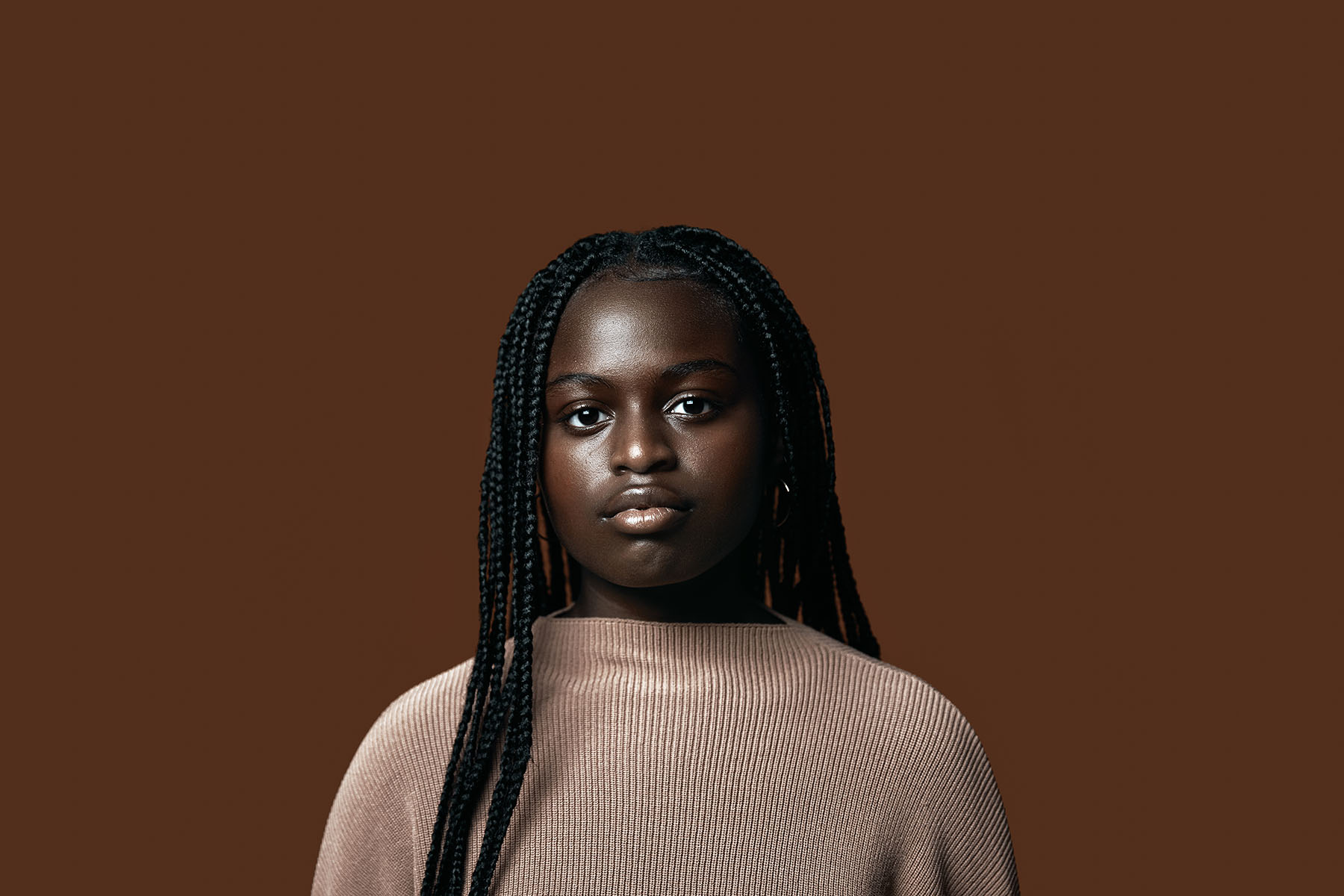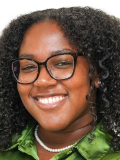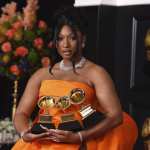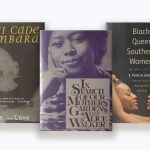“Sometimes I go missing from myself,” cultural critic Aria S. Halliday writes in her new book, “Black Girls and How We Fail Them.” “Sometimes I go missing from myself, and this time, I am not sure I will find her again.”
As Black girls cycle through a perpetual search to understand who they are, they, too, are missing.
Their identities are portrayed in modern society as a monolith of negative attributes: loud, fast, mean, aggressive, hyper-sexual, mature and disposable. In turn, Black girls are placed in boxes that limit who they are and the women they can become.
In the book, Halliday takes examples from popular media — such as fatherhood and misogyny in hip-hop culture and society’s obsession with surveilling Black girls’ lives, from their fashion to their social lives and relationships — to explore the theme of the missing Black girl, and she suggests how Black women can create a culture that uplifts and protects Black girls, encouraging them to rediscover themselves.
The 19th spoke with Halliday about her inspiration for the book, her own journey and what Black girls and women can learn from each other.
This interview has been edited for length and clarity.
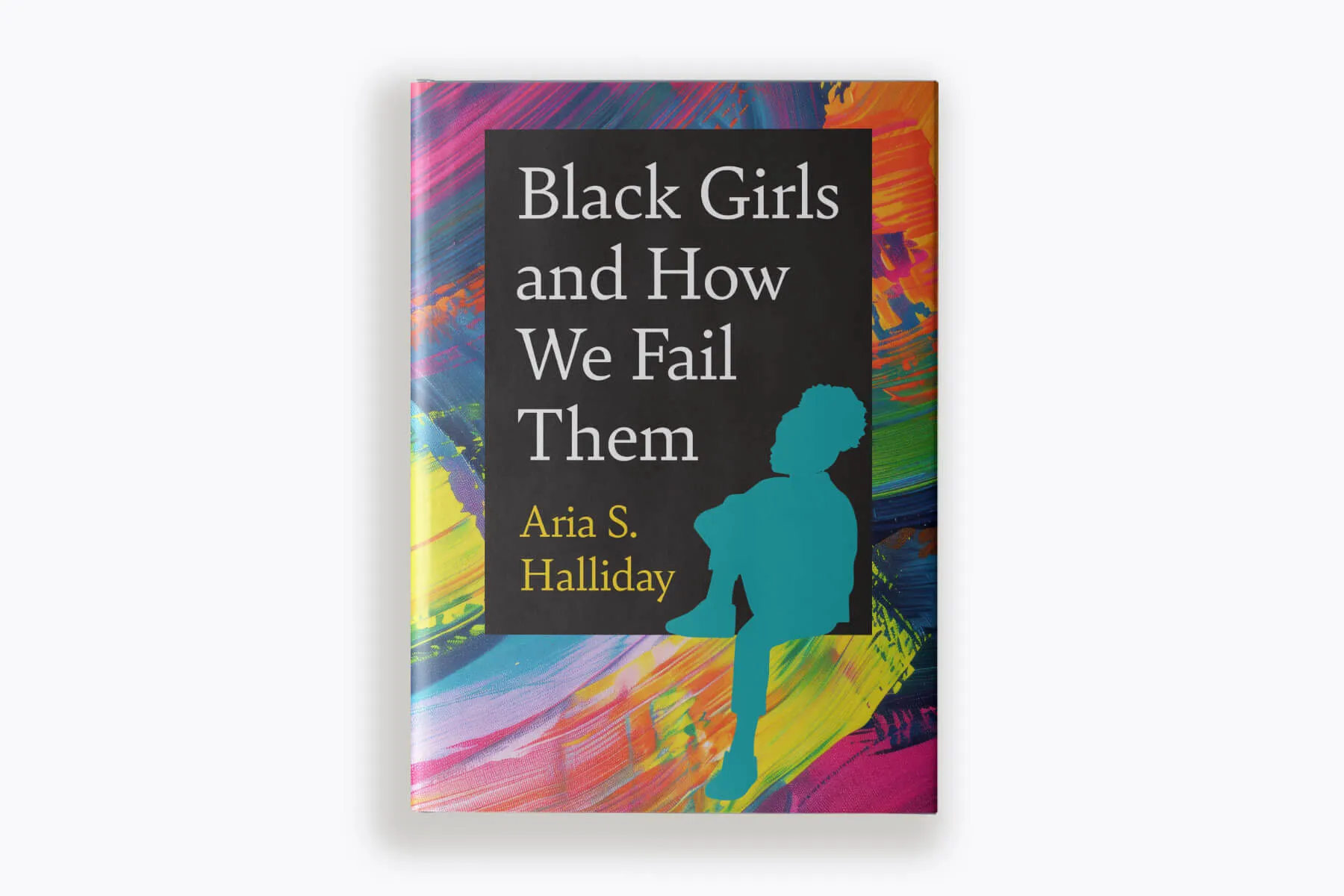
Eden Turner: In the book you looked to your own story and named the pain that you’ve experienced firsthand. I’m interested in learning more about your story and what inspired “Black Girls and How We Fail Them.”
Aria S. Halliday: I have two sisters, and we come from Caribbean immigrants who, you know, we have the story of very strong Black women. I grew up in a community of Black women in North Carolina [who] are serious about their business. I feel like I grew up in a Black feminist community even before I had that kind of inkling or understanding that that’s what it was.
I was really attuned to the fact that Black men got away with doing some stuff that we didn’t name. When I was 16 I had a guy who was [almost twice] my age trying to seduce me. I had a guy who was 28 trying to marry me. I think there wasn’t really any language to talk about the ways that Black men, especially, but also Black women perpetrated [and] cultivated a culture where it was OK for that kind of stuff to happen.
The book really came from me struggling with my own kind of therapy around, you know, how do I make sense of my childhood, how do I make sense of those violent relationships with Black men, especially, but also my relationship with Black women who say, ‘You’ll get over it. It’s OK. We’ll work through it.’
I really like that you connect your ideas throughout the book with this idea that Black girls are missing. Could you talk more about that?
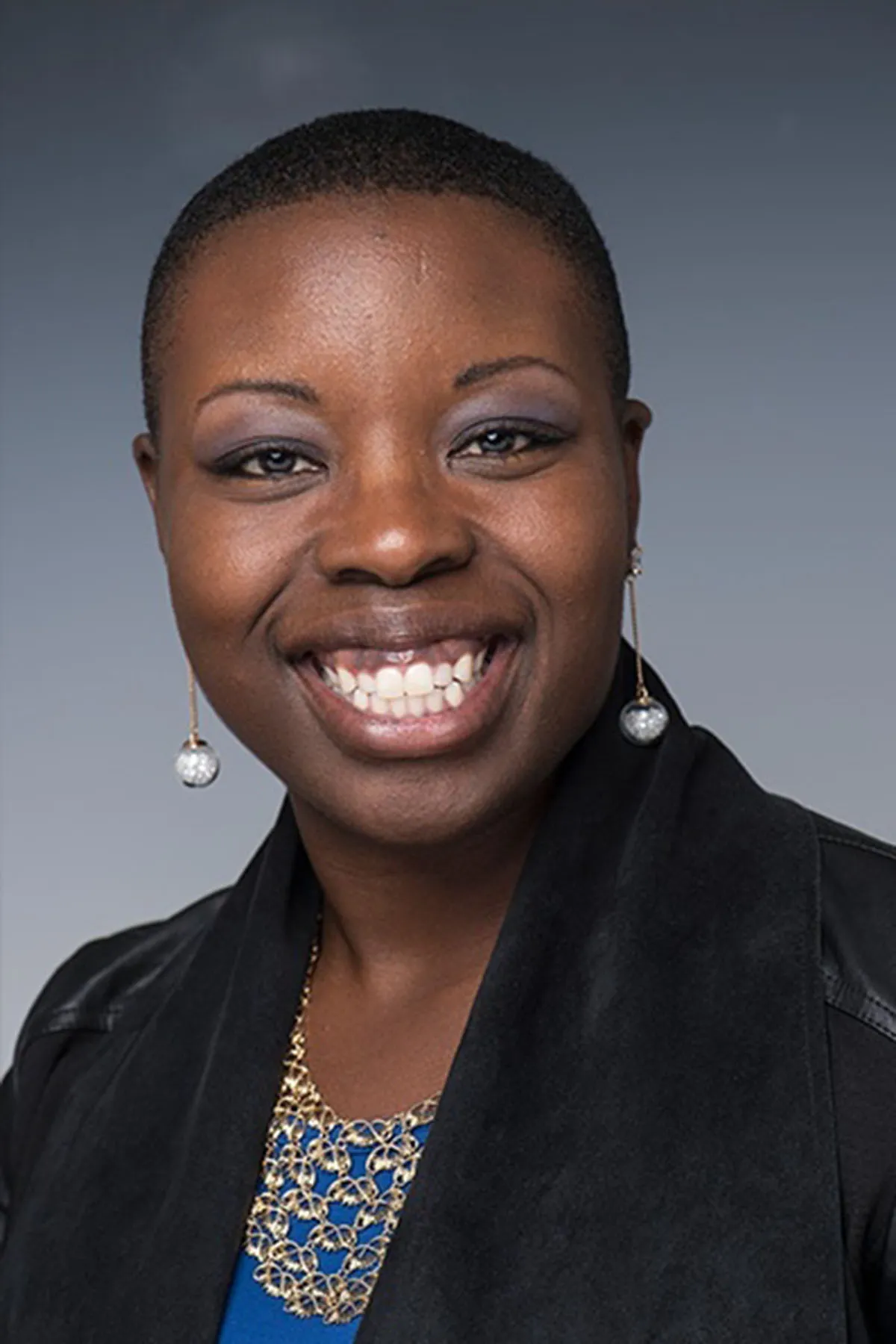
I think that in our conversations, like large-scale, macro-conversations about what we do with the Black community, which is like the major question, right? I think that’s the large question about ‘What do Black people do in our current situation?’ I think Black girls get left out of that conversation a lot.
I think that in the contemporary moment of the 2020s, we’ve seen more people talk about Black girlhood as an experience, and I name some of those people in the book, but, when we talk about police violence, people are outraged that it’s happening, but nobody’s marching in the streets. Nobody is trying to boycott a place because they killed a little Black girl. Usually, there is the opposite of that.
We’re trying to justify this experience that Black girls have with the police, with men, with other women, and we’ll say, ‘What was she wearing?’ Or ‘Was she where she was supposed to be?’ I think it was last week, there was a little Black girl who was arrested, walking home from school with her friends, and [people said] she looked like a Black woman. She’s 12, so how does she look like a Black woman? There’s not really a justification. It’s, ‘Where was she? Where were her parents? What was she doing that she was there?’ We need to talk about why we have a culture where we cultivate these ideas that Black girls are always in the wrong and always the ones that are kind of left to their own devices while we need to fix everybody else.
While Black girls are projected to be fast, mean, loud, ghetto and disposable, you take time to mention that even in the face of society’s ideas of who they are, Black girls consistently show that they can be resourceful, strong, and are constantly, like in the instance of Sasha and Malia Obama, taking charge of how they want to be perceived by the public and using it to their advantage. Can you talk more about this idea?
I think that we actually have a lot of research that talks about Black girls’ resiliency, and I didn’t want to necessarily write that story. … There’s a lot actually about Black girls and women being resilient in the face of trauma, in the face of tragedy, in the face of disrespect, but I think that we don’t talk enough about why they are even facing disrespect in the first place.
I wanted to name the fact that, as you mentioned, Sasha and Malia Obama know exactly how the media and how people are going to respond to them, especially as 20-somethings. They know what’s going to happen. Megan Thee Stallion knows what’s going to happen when she leaves her house and decides to wear a crop top and bunny ears or whatever she’s wearing, right? But that doesn’t mean that Megan is not writing a New York Times op-ed about the way that she’s been disrespected by people because of her experience with Tori Lanez. Sasha and Malia Obama are not pulling their images down and making sure they’re only being curated in a particular type of way.
I think that it’s important to name the culture that created this really toxic environment for Black girls, but I didn’t want to not say that Black girls are also resilient and doing the work that they want to do. There’s [pros and cons] to that, and I wanted to make sure that we also name those too.
At the end of the book, you talk about Audre Lorde, “self-love as resistance,” and the importance of being able to define ourselves and how we want to be seen. Can you talk more about using Lorde’s work to establish community, sisterhood and self-love, which helps us create more safe and emotional spaces for Black girls?
I think that that’s really the key to all of this. We can name our trauma and list the things that are causing us struggle, but if we can’t learn from these mistakes, how can we help the Black girls that are to come?
I struggled a little bit figuring out where to end the book. I think there’s an impulse to say, ‘Look at these problems and let me tell you how to solve them.’ The solving of this is not an easy thing. It’s not like we’re going to check a box and it’ll be done tomorrow. I struggled with how to phrase what to do.
Audre Lorde is a great example because she talks about a process of healing, through her mastectomy that she had for breast cancer. I thought it was interesting that she connected it to the Dahomey Amazons. … I had just seen ‘The Woman King,’ and so this is happening at the same time. [I thought] it was interesting that she’s connecting that healing for herself is this process of undoing, but also knowing yourself in a new way. I was really inspired by her story.
I was going through fibroid surgery myself, and I lost an ovary in the process, so thinking about who I am without this thing that supposedly defines me as a woman or defines me as who I think I am. [But] that’s not the end of me. There’s more to know, there’s more to be done, but I think I also have to figure out what that means for who I believe I am in that space.
I think all of us can heal once we know ourselves better, once our boundaries are stronger, and once we are able to identify and problematize the people and the situations that cause us trauma. It’s not just, ‘I need to know my triggers and therefore, I’m fine.’ It’s, ‘OK, but what is the culture in the situations that are causing you to be triggered?’ Let’s identify those.
My hope with how I concluded the book with Audre Lorde is to say that we can take lessons from a lot of different places, but ultimately, we have to internalize them and then find and shape our world based on those lessons that we learn.
I agree. A lot of books that I’ve been reading recently, yours included, all go back to Audre Lorde. Her teachings are the foundation.
She’s the truth!
Going back to what you said about knowing yourself, knowing your triggers, being able to name it and making differences, how have you and your community implemented those ideas into your own lives?
I have two sisters and I talk to one of them almost every day. My older sister and I were having a conversation about boundary-setting earlier and we like to [talk about] our therapized self. Our best self is when we’ve had our therapy and we’ve had our water and we’ve slept, right? We’re not going to go off on people. I told her, but sometimes, your boundaries have to be tested for you to know that it’s a boundary, and the only way that you can actually maintain the boundary is for you to go off. You have to protest the boundary, especially if it continues to get encroached upon.
[In] my community, you know, the people that I love, the people that I run with, my home girls, my line sisters, I’ve tried to make sure that I listen to them and what they’re going through, but also [ask them] where’s the boundary. Where are we holding firm on what the boundary is? Yes, understand what other people are coming from, understand that people have trauma and issues and drama and all of that, but also — are we taking care of ourselves first?
Halliday’s book will be available on February 18. To learn more about her book or pre-order a copy, click here.
